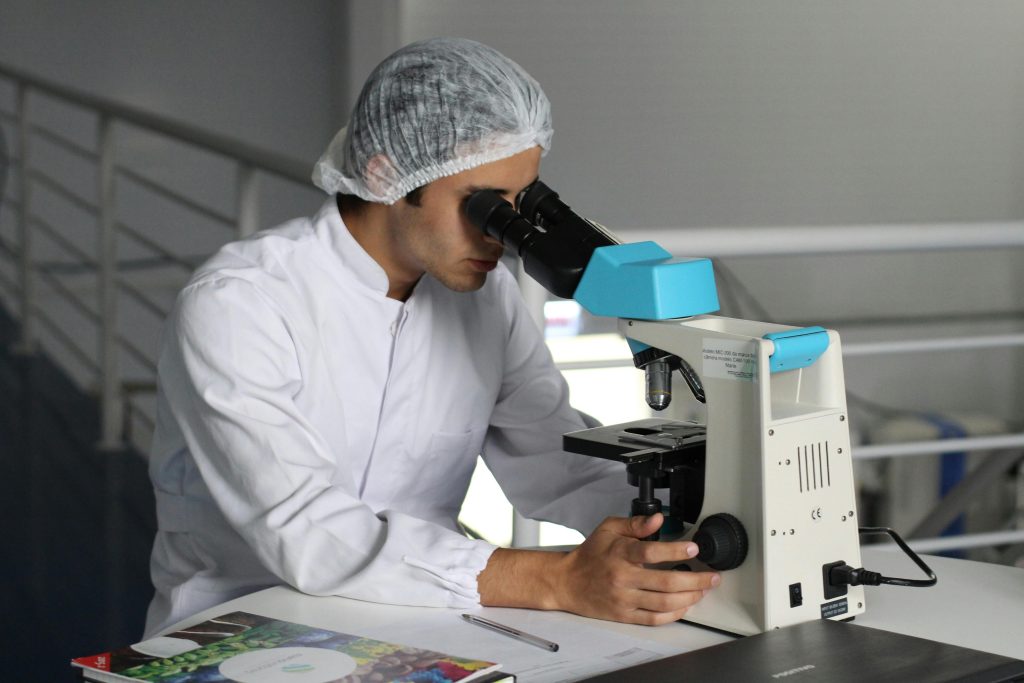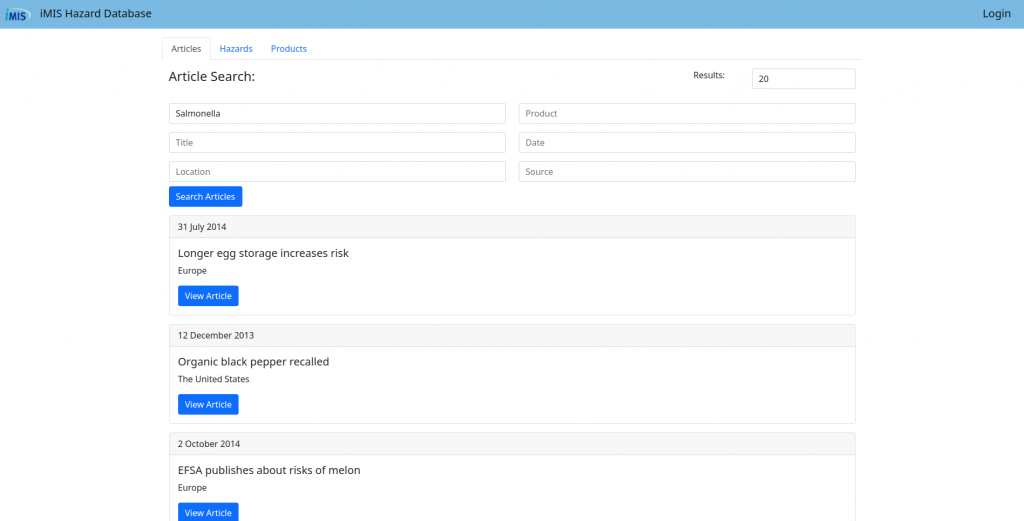Risk Analysis
Hereby an example of an organic risk analysis;
Organic Checkpoint Purchases
| PROCESS | STANDARD | RISK | MANAGEMENT MEASURE |
|---|---|---|---|
| Supplier of choice within the EU | You can only buy from certified companies | Purchase from a non-certified supplier | Copy of the certificate valid in its own administration and annual check thereof |
| Import, supplier outside the EU | You can only buy from certified companies | Purchase from a non-certified supplier | Copy of the certificate valid in its own administration and annual check thereof |
| Import, supplier outside the EU | You can only have your imported batches received in certified companies | First non-certified recipient | Copy of the certificate valid in its own administration and annual check thereof |
Reception of organic control points
| PROCESS | STANDARD | RISK | MANAGEMENT MEASURE |
|---|---|---|---|
| Acceptance of the supplier within the EU | You can only accept organic products | GB product delivered instead of BIO | Verification of the delivery note and the indication on the product or self-declaration, then registration |
| Reception by import | You can only accept a completed CVI / Deportation Declaration stamped by Customs. This gives products within the EU organic status | Absence of customs clearance by Customs (CVI box 17) | Documenten: – 1235/2008 + beoordeel bijlagenen bepaal of CB exporter isgeaccrediteerd door de EU voor dejuiste productcategorie (A t / m F). – CVI vak 17 / wegvoeringsverklaring van deDouane die in verband gebracht kanworden met de geleverde partij |
| Receipt by bulk transport | You can only accept bulk transport if the truck has been clearly cleaned in advance | ORGANIC product in bulk means of transport not (obviously) cleaned |
Prepare organic checkpoints
| PROCESS | STANDARD | RISK | MANAGEMENT MEASURE |
|---|---|---|---|
| Working method | You can only market or produce certified products (service providers) | Production of an uncertified product | Obtain Product Certification |
| Working method | Your product must conform to the approved product specification | Product composition does not meet approved product specifications | Exactly match the recipe of work to approved product specification |
| Preparation | Your product must conform to the approved product specification | Choosing the wrong raw materials | –Traceability of the procedure –Registration name, weight and LOT code of each raw material |
| Preparation | Your products are not made with or by GMOs. | Choice of wrong excipients, additives and flavors, high risk GBproducts containing GMOs | GMO-free declarations and natural flavor declaration, Flavor Directive1334 / 2008 |
| Preparation | You can only use authorized excipients | Choice of wrong excipients, eg GB powdered flour in bakery, GB oil as a cleaning agent in chocolate industry, Natamycin cheese coating | Obviously authorized use of additives and control of unauthorized additives. |
| Preparation | You cannot use a conventional take-back for organic products | Recovery processing of GB parts | – Indicate the recovery processing in the process diagram – Indicate the recovery processing in the working recipe – Correctly indicate the recovery in the GB / BIO storage |
| Preparation | You must be able to trace internal product flows | Non-traceable product flow | –Procedure traceability – Registration name, weight and LOT code of each raw material |
| Preparation | You can only produce on clean materials / equipment | Dirty materials / equipment (GB) | -Cleaning procedure –Checking cleaning and recording it |
| Preparation | You should use a biological rinse aid when residue may remain and / or residue (GBM) may be present | Insufficient cleaning and / or residue (GBM) of rinse aid (grain / maize / oil / …) used in closed systems | Only use the BIO rinse aid once and add value to GB after use |
| Sort / wash | You can only produce on clean materials / equipment | Dirty materials / equipment (GB) | -Cleaning procedure -Verification of cleaning and recording thereof |
| Washing / cutting | You must avoid contamination by unauthorized substances (residues from conventional production and / or added agents such as defoamers, bacterial growth inhibitors, etc.) | Contaminated water (treatment / washing / transport) of GBproducts | -Cleaning procedure / use of new wash water -Recording of use of new wash water |
Packaging organic checkpoints
| PROCESS | STANDARD | RISK | MANAGEMENT MEASURE |
|---|---|---|---|
| Packaging | You can only pack clean materials / equipment | Dirty materials / equipment (GB) | -Cleaning procedure – Checking cleaning and saving it |
| Label (designation) on the product | You can only call the product organic if it is organic | Wrong label on the product (GB ⇔ BIO) | |
| Coding (LOT code) | You must be able to trace internal product flows to the endpoint | Traceability | – Traceability procedure – Link expiration date / lot / lot code to the raw materials used |
Biological control points Transport
| PROCESS | STANDARD | RISK | MANAGEMENT MEASURE |
|---|---|---|---|
| Internal transport by means of elevators, chain conveyors, conveyor belts, piping, etc. | You can only use clean means of transport | Dirty conveyance (GB) and / or leaking valves, etc. | -Cleaning procedure – Checking cleaning and saving it |
| bulk transport | You can only accept bulk transport if the truck has been clearly cleaned in advance | Biological product in bulk means of transport not (obviously) cleaned | -Procedure reiniging – Aanwezigheid vanreinigingscertificaat of registratievan eigen controle voor verladin |
| Transporting packaged products | You must avoid contamination by unauthorized substances. | Contaminatie puts GB producten | Check whether the packaging is properly closed |
Explanation of abbreviations:
BIO = Organic
GB = Common
I.O = In transition
CVI = Import certificate
CB = Control Body
GBm = Phytosanitary product
gm = genetically modified organism
List of third countries = List of recognized equivalent third countries for which no import exemption is required for import
Look for:
The diagram above is an example. You need to perform risk analysis for your own business and business processes, as you may know from HACCP and / or hygiene codes. Some things will not apply to your business, and other risks or additional risks may be identified within your business. In addition, this example cannot be copied individually into your quality manual. You should describe the risks and controls based on your own business processes.
Related articles to What is an example of organic risk analysis?
Many customers and visitors to this page 'What is an example of organic risk analysis?' also viewed the articles and manuals listed below:



